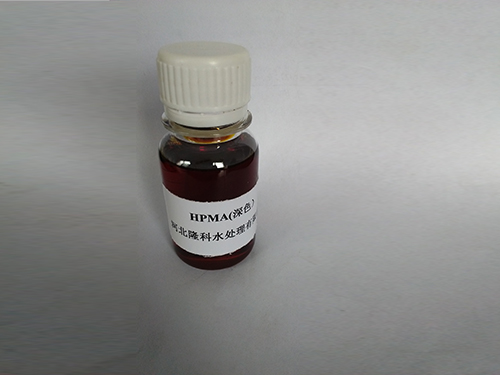coagulant flocculant
Coagulants and Flocculants Key Players in Water Treatment
Water is a vital resource, essential for human survival and environmental balance. However, water sources are often contaminated by various pollutants, necessitating effective treatment methods. Coagulants and flocculants play crucial roles in the purification of water by aiding the removal of suspended particles and improving water clarity. Understanding their mechanisms, applications, and impact is essential for optimizing water treatment processes.
What Are Coagulants and Flocculants?
Coagulants are chemical substances that facilitate the aggregation of suspended particles in water. When added to water, coagulants neutralize the charges on the particles, allowing them to clump together—a process known as coagulation. Common coagulants include aluminum sulfate (alum), ferric chloride, and polyaluminum chloride. These chemicals are often used in the initial stages of water treatment, particularly in sedimentation processes, where larger particles settle out due to gravity.
Flocculants, on the other hand, are substances that promote the agglomeration of these coagulants and other suspended solids into larger clusters, known as flocs. This process, called flocculation, further enhances the removal of impurities from water. Flocculants can be natural or synthetic polymers, with examples including polyacrylamide and starch-based compounds. They are typically used after coagulation to optimize the settling of particles and facilitate their removal during filtration.
The Coagulation-Flocculation Process
The coagulation-flocculation process involves several key steps. First, the coagulant is added to the water, where it rapidly mixes to ensure even distribution. This is followed by a slow stirring phase, allowing smaller particles to collide and form larger aggregates. Once flocs are formed, the water is often allowed to sit in a settling basin, where gravity helps the flocs to settle to the bottom. The clear water on top can then be removed or further treated.
The effectiveness of this process depends on several factors, including the type and dosage of coagulant, water pH, temperature, and the characteristics of the suspended particles. Therefore, optimizing each of these parameters is crucial for achieving the desired water quality.
coagulant flocculant

Applications in Water Treatment
Coagulants and flocculants are extensively used in various water treatment applications. Municipal water treatment plants utilize these chemicals to ensure that drinking water meets safety standards. Additionally, they are essential in treating wastewater from industrial processes, where the removal of specific contaminants is often required.
Moreover, in the mining and mineral processing industries, coagulants and flocculants help to clarify process water and reclaim valuable minerals. Their application also extends to the food industry, where they are used in processing wastewater and ensuring product purity.
Environmental Considerations
While coagulants and flocculants are effective in improving water quality, it is crucial to consider their environmental impact. Some coagulants, particularly metal-based ones, can contribute to residual sludge that requires proper disposal. Additionally, synthetic flocculants may pose risks to aquatic ecosystems if they leach into natural water bodies. Therefore, the selection of coagulants and flocculants should be carefully managed to minimize environmental harm while ensuring effective water treatment.
Conclusion
Coagulants and flocculants are indispensable tools in the quest for clean water. By understanding their roles, mechanisms, and applications, water treatment facilities can enhance the efficiency of their processes and contribute to global water sustainability. Ongoing research and development in this field promise to yield even more effective and environmentally friendly solutions to water treatment challenges in the future.
-
Water Treatment with Flocculant Water TreatmentNewsJun.12,2025
-
Polymaleic AnhydrideNewsJun.12,2025
-
Polyaspartic AcidNewsJun.12,2025
-
Enhance Industrial Processes with IsothiazolinonesNewsJun.12,2025
-
Enhance Industrial Processes with PBTCA SolutionsNewsJun.12,2025
-
Dodecyldimethylbenzylammonium Chloride SolutionsNewsJun.12,2025





